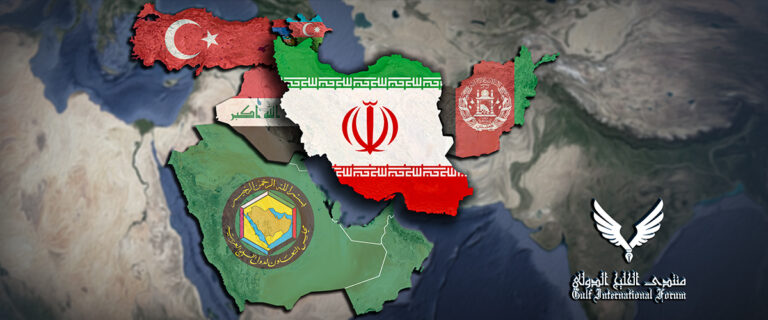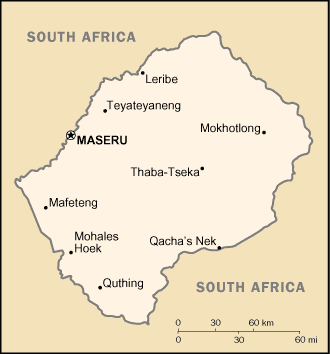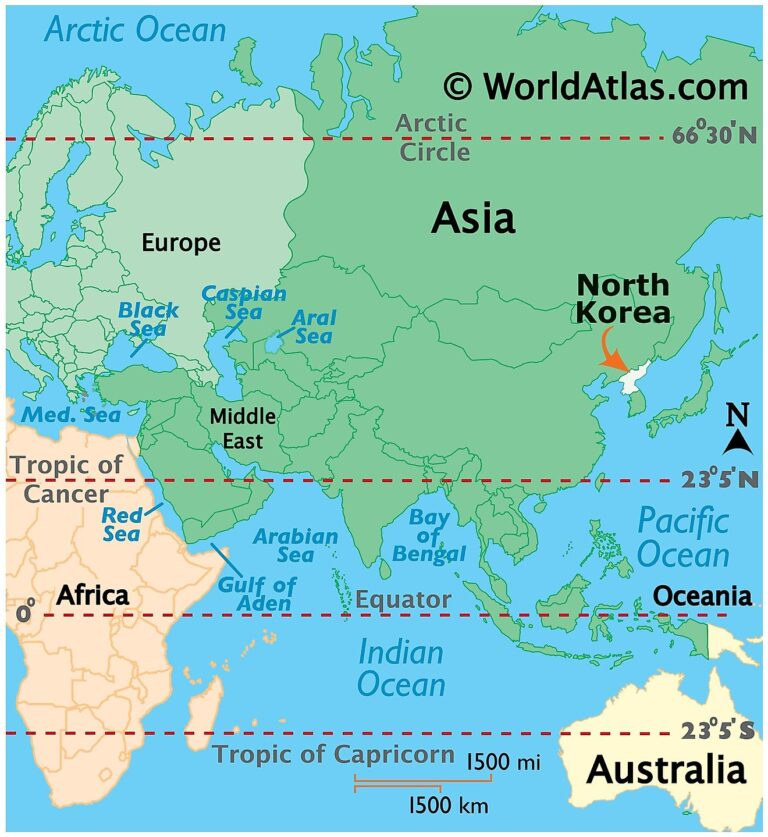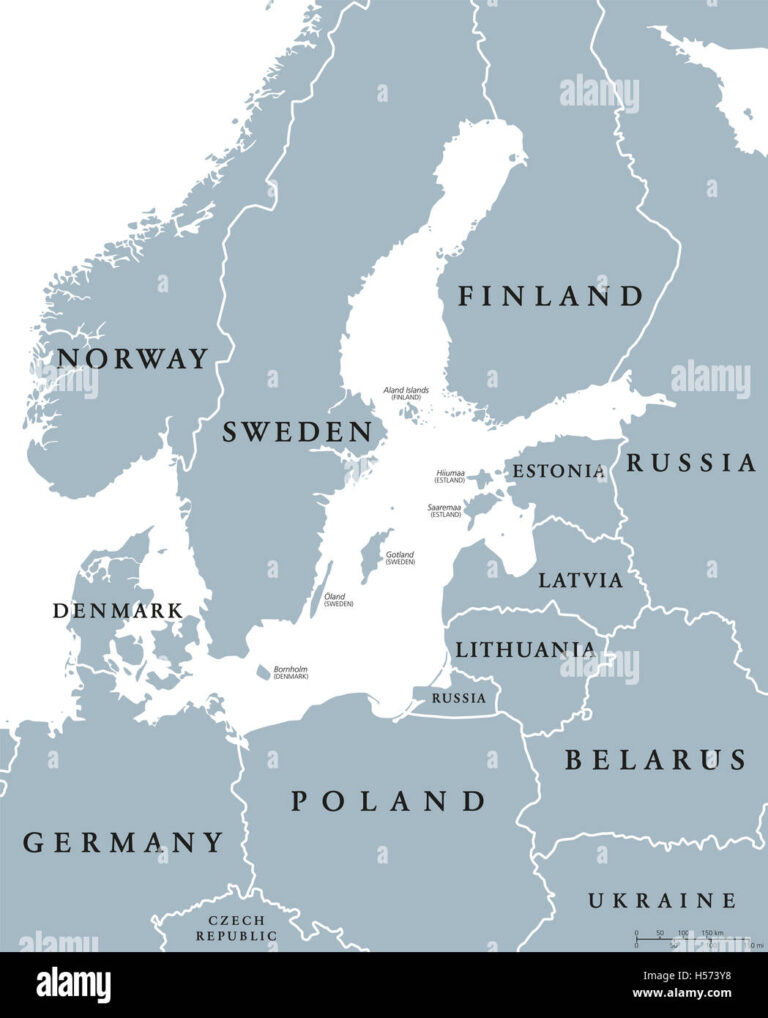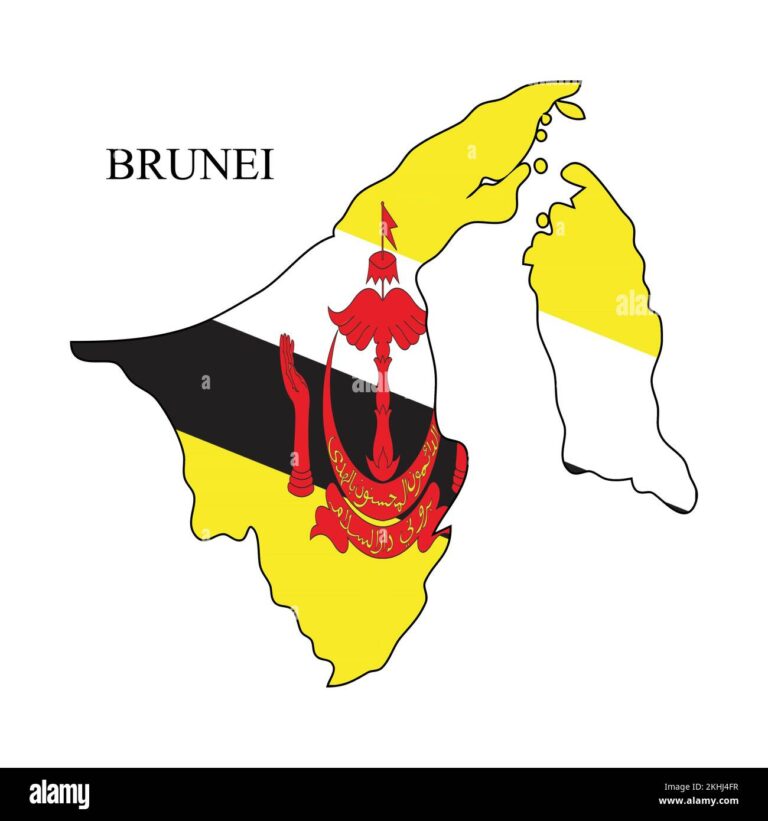Djibouti Neighbouring Countries on the Map
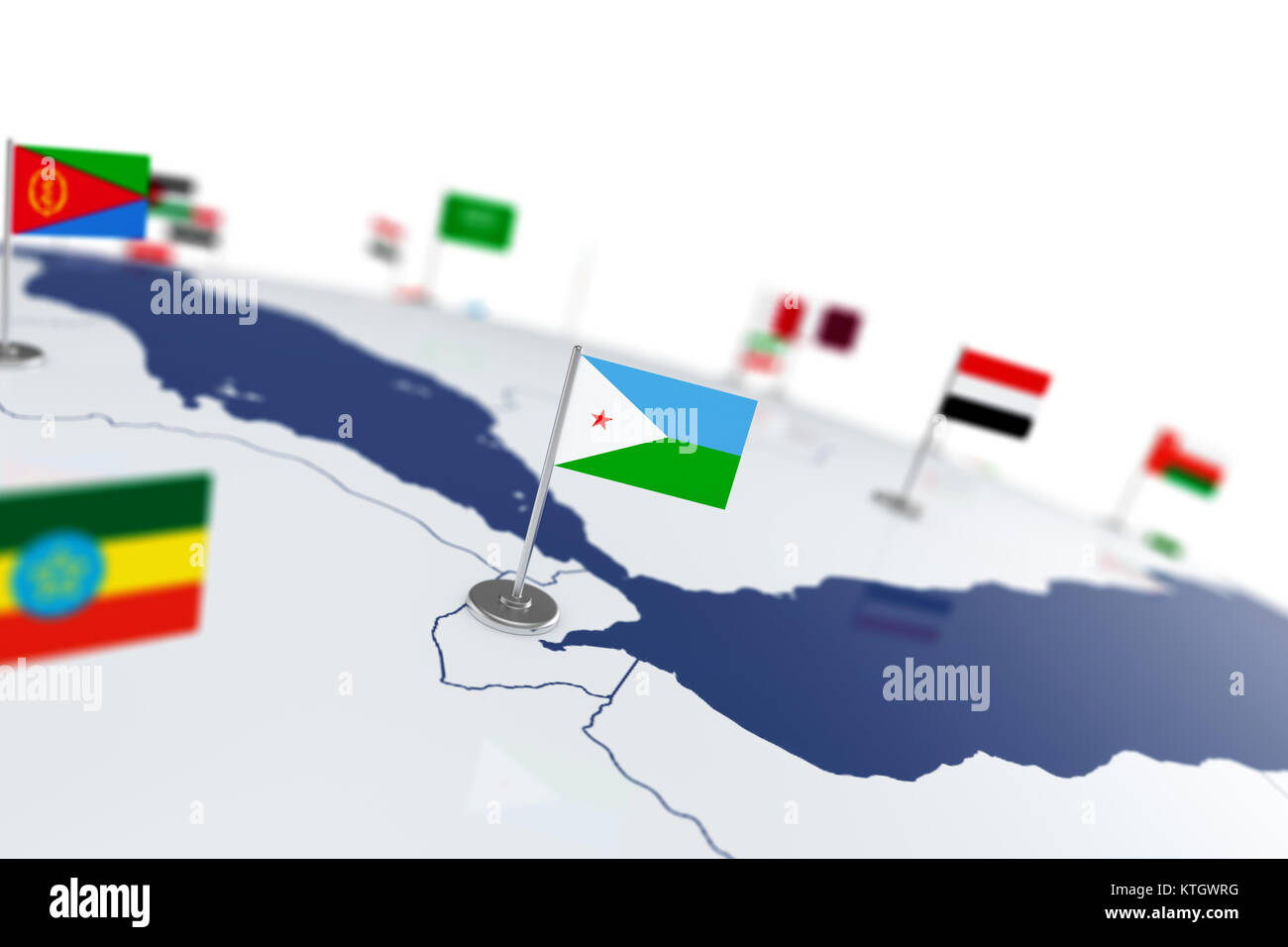
Djibouti’s Neighboring Countries
Nestled on the Horn of Africa, Djibouti rubs shoulders with three different countries and enjoys a prime spot by important waterways.
Sneak Peek at Bordering Neighbors
Djibouti cozies up to:
- Eritrea up north
- Ethiopia stretching along the west and south
- Somalia toward the southeast
On its eastern flank, it’s kissed by the Red Sea and the Gulf of Aden. These locations don’t just affect the map; they shape Djibouti’s economy and interactions with others (Britannica, WorldAtlas).
Mapping the Borders
To get a grip on where Djibouti sits, let’s see who’s next door:
| Country | Direction | Border Facts |
|---|---|---|
| Eritrea | North | There’s a short bit where Djibouti and Eritrea meet at the top. |
| Ethiopia | West, South | This is Djibouti’s longest stretch, super important for trade and getting around. |
| Somalia | Southeast | This link ties into sharing peoples and cultures. |
| Red Sea and Gulf of Aden | East | Opens doors to shipping lanes and busy ports. |
For the scoop on Djibouti’s borders with these countries, click on:
- Eritrea: The Northern Connection
- Ethiopia: The Western and Southern Curve
- Somalia: The Southeast Tie
Djibouti’s borders are key to knowing its role in the region and how it mingles socially, economically, and politically with its neighbors. Curious about other countries? Check out Afghanistan neighboring countries or Albania neighboring countries.
Eritrea: The Northern Neighbor
Djibouti cozies up to Eritrea on its northern edge, where they share a border with both a story and a landscape.
Shared Border Details
Stretching about 109 kilometers, the border between Djibouti and Eritrea isn’t just a line on a map. Running through dry plains and rugged hills, this line separates yet connects these two lands. In the face of past squabbles over their boundary, these countries have worked together, aiming for peace and shared goals.
| Border Point | Coordinates |
|---|---|
| Fawnit | 12.7048° N, 43.1053° E |
| Mougga | 12.8928° N, 42.8998° E |
| Daddato | 12.9983° N, 42.7640° E |
Cultural Connections
Beyond borders, Djibouti and Eritrea share a rich cultural tapestry. The Afar people, spanning both nations, are a key thread in this weave. Their traditions and language tie these nations together like family.
Islam also plays a major role, binding folks in both lands with shared beliefs and rituals. Festivals are a time when these shared roots really shine, spotlighting the blend of customs and history that Eritrea and Djibouti hold in common.
Sitting at a crossroads, Djibouti shines not just in trade and defense but also in cultural exchanges. Its links with Eritrea echo the deep connections across the Horn of Africa. Curious to dive deeper into regional ties? Check out someone else’s hood with Algeria’s neighbors and Angola’s neighbors.
Getting a grip on Djibouti’s northern ally, Eritrea, means recognizing both their neighborly paths and their shared cultural journeys.
Ethiopia: The Western and Southern Neighbor
Boundary Characteristics
Ethiopia cozies right up to Djibouti on its West and South sides. This boundary is about as well-outlined as your grandma’s sewing patterns, stretching for a good 340 kilometers. With shared roots in the ancient Land of Punt, these two have been historical pals for quite some time — much like peanut butter and jelly (Wikipedia).
Here’s a snapshot of how Ethiopia and Djibouti get along their border:
| Border Stuff | What It Looks Like |
|---|---|
| Length | About 340 km |
| Nature | Mostly land, clear-cut, featuring dry and desert-like terrains |
| Historical Connection | Buddy-buddy in the Land of Punt with Eritrea and Somaliland |
Economic and Transport Links
When it comes to making money and moving it around, Djibouti and Ethiopia are inseparable, like two peas in a well-oiled economic pod. Their biggest claim to fame in this sector is the Addis Ababa–Djibouti Railway, a slick 753-km marvel of modern technology that hauls a whopping 90% of Ethiopia’s international trade (GI Hub).
Key Economic and Transport Facts:
- Railway: Addis Ababa–Djibouti Railway
- Length: 753 km
- Port Action: Djibouti’s got this swanky state-of-the-art port scene, crucial for its economy and rated as top-notch (World Bank).
- Refugee Welcome Mat: Opens its arms to folks fleeing from places like Ethiopia.
Their need for each other is just like that perfect pizza topping combo—keeping the infrastructure and relations humming smoothly is super important. Curious for more nitty-gritty deets on their dynamic duo status? Check out neighboring countries to see how they keep their trade wheels spinning and economies humming along.
Somalia: The Southeast Neighbor
Sitting next to Djibouti’s southeastern border is Somalia, and the relationship between these two countries is a swirling mix of culture, geography, and social vibes.
It’s like one big family reunion—well, almost.
Border Specifics
Picture a desert expanse stretching for about 58 kilometers (that’s 36 miles if you’re keeping track). Not exactly a leisurely stroll, this border is a mix of dry and drier lands, making it a tough gig for both nations.
| Border Aspect | Detail |
|---|---|
| Length | 58 km (36 miles) |
| Border Type | Land |
| Terrain | Dry as a bone |
Population and Ethnic Influences
Over in Djibouti, you’ll find a hefty bunch of Somali folks, especially in the city and southeastern spots. The heart of Somali identity beats in the rhythm of family clans. A big chunk, over half, of Djibouti’s Somali crowd hails from the Issa clan (according to the big brains over at Britannica).
| Ethnic Group | Percentage in Djibouti |
|---|---|
| Issa Somali | Over 50% |
| Other Somali Clans | The Rest |
But wait, there’s more! Besides the dominant Somali clans, Djibouti’s folks also include Yemeni Arabs, Ethiopians, a sprinkling of French technical geniuses, military folks, plus expats from Greece and Italy (Britannica). It’s like everyone brought a dish to the potluck cultural party.
A safe harbor for many, Djibouti welcomes refugees and asylum seekers from Somalia and other nearby nations, thanks to its prime spot. With 94% of the population identifying as Muslim and 6% as Christian (UN Djibouti), Djibouti feels like a home away from home for Somali folks.
Curious about what’s around Djibouti? Dive into more about their other neighbors like Eritrea and Ethiopia, and see all the stories this corner of Africa has to tell.
Djibouti’s Prime Spot
Smack-dab in the Horn of Africa, Djibouti’s location is more than a geographical point; it’s a superstar on the stage of global trade and military maneuvers. Bridging Africa with the Middle East, this tiny nation plays a mighty role.
Where the Red Sea Meets the Gulf of Aden
Sitting at the entrance of the Red Sea like a guardian of the oceans, Djibouti is the keymaster to the bustling waterways connecting it to the Indian Ocean. It’s like the ultimate pit-stop for ships, perfect for refueling and swapping goods. Its position is hot real estate for global trade routes, making Djibouti a gateway, especially for Ethiopia’s goods. The country’s knack for maritime affairs doesn’t just help trade; it’s a lifesaver for military and humanitarian operations too.
A Military Hotspot
With so many countries setting up shop here—China, France, Italy, Japan, the U.S., and even NATO—Djibouti has become a heavyweight champion in global military strategy. These bases are the launch pads for anti-piracy drives and security missions in the region.
Here’s the all-star lineup stationed in Djibouti:
| Country | Military Contingent |
|---|---|
| China | Military Base |
| France | Military Base |
| Italy | Military Base |
| Japan | Military Base |
| United States | Military Base |
| NATO | Military Base |
Don’t count out the locals—the Djiboutian Armed Forces have their own scene, keeping things safe with their army, navy, air force, and national guard. Their commitment to peacekeeping has beefed up thanks to fresh training and a bit of a makeover.
Djibouti’s sweet spot on the map comes with perks, from boosting the economy to stabilizing the region. Curious about how other countries stack up? Check out the lowdown on Algeria’s neighbors or the buzz on Australia’s next-door nations.
Import and Export Dynamics
All eyes on Djibouti, sitting pretty at the mouth of the Red Sea! Thanks to its prime spot, it’s a buzzing center for international trade. Imports and exports are not just footnotes here—they’re the backbone of the economy.
Port Dependency
Djibouti’s got this high-tech port that doesn’t mess around. It’s a lifeline, connecting the Horn of Africa to the wider Gulf of Aden and the Indian Ocean. Because Djibouti’s land is not exactly what you’d call fertile and the rain gods aren’t too generous, the port becomes the key player for bringing in essentials like food and materials (UN Djibouti).
| Port Dependency Factors | Details |
|---|---|
| Main Imports | Food, industrial products |
| Port Complex | Top-tier globally |
| GDP Growth 2023 | 6.7% |
Considering Djibouti’s lack of agricultural land, importing food is a no-brainer. The port serves as the bustling nerve center for a variety of goods, driving the economy onward and upward.
Economic Growth Factors
Djibouti is on a growth spree, thanks to a handful of power players: its ports, international alliances, and business partners. The port doesn’t just focus on imports; it’s also key for exports, acting as a launching pad for regional trade.
Here’s what’s firing up growth:
- Strategic Location: Djibouti is the bridge at the Red Sea’s front door, joining trade routes and keeping regional business in motion (GI Hub).
- Transport Links: The Addis Ababa-Djibouti Railway is a game changer, smoothing trade flows with Ethiopia, making it a breeze to move goods around.
- Investment in Infrastructure: The port’s getting a facelift that enhances both efficiency and capacity, which is a massive win for trade.
| Economic Growth Factors | Description |
|---|---|
| Strategic Location | Red Sea gateway |
| Transport Links | Smoothed by Addis Ababa-Djibouti Railway |
| Investment | State-of-the-art port upgrades |
Djibouti’s economy is hooked to its ports and sweet spot on the map. Curious about the neighborhood? Check out Somalia and Eritrea, who all play their part in the area’s scene.

